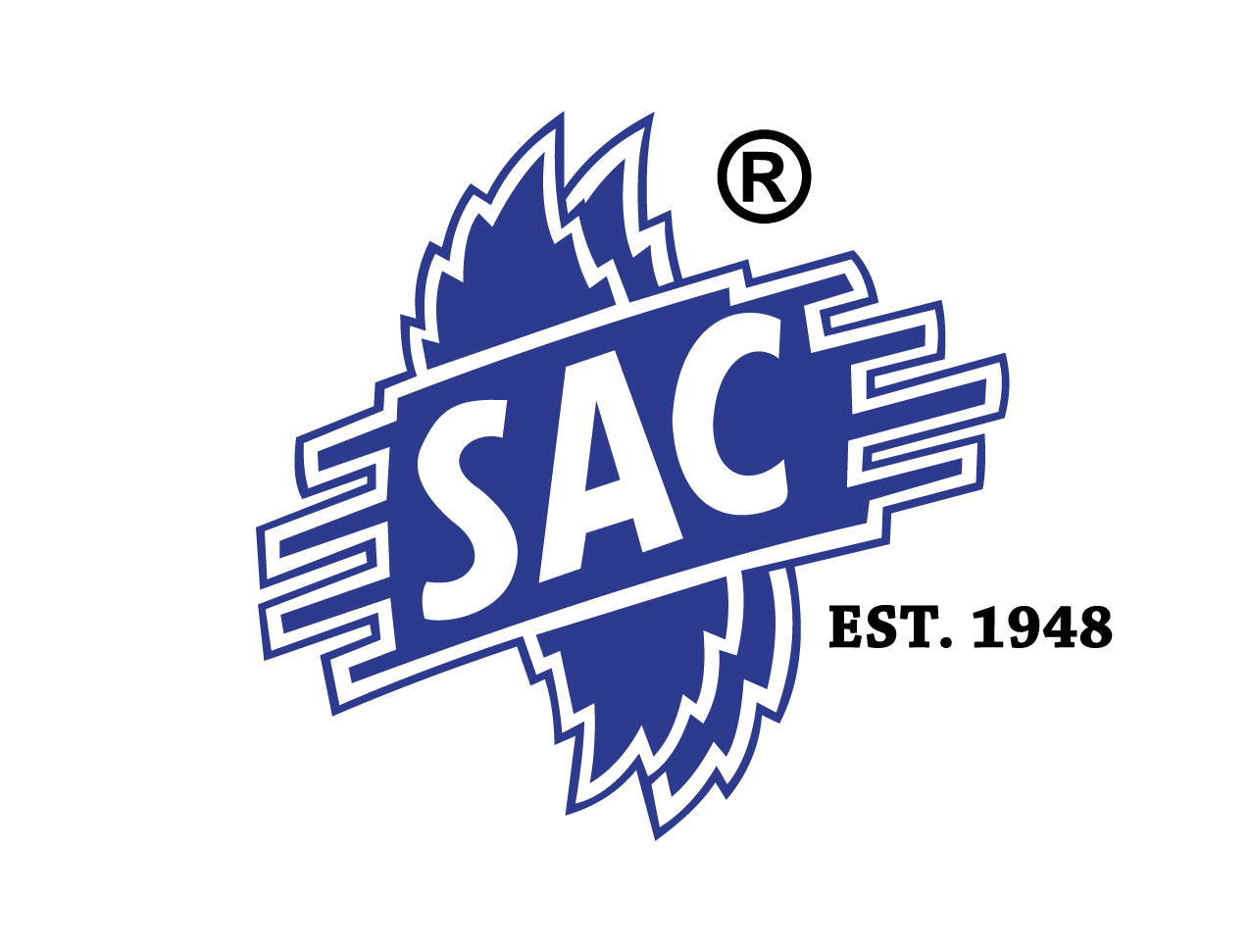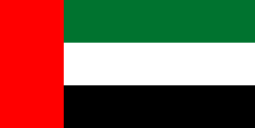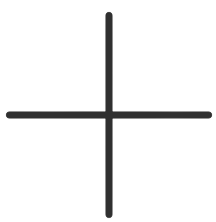Vanilla is a popular culinary flavour that is frequently used to give a rich, sweet scent and taste to baked goods, desserts, and drinks. When it comes to adding vanilla flavour to recipes, two often used substances are vanilla essence and vanilla extract. While they may appear identical, they differ in terms of content, manufacturing technique, and flavour character. This article will explain all the differences between vanilla essence and vanilla extract, as well as how to utilize them in your recipes.
Understanding Vanilla Essence
What is Vanilla Essence?
Vanilla essence, sometimes called imitation vanilla or fake vanilla, is a synthetic substance that mimics the flavour of genuine vanilla. It is composed of manufactured substances, including vanillin, the primary taste component found in genuine vanilla beans. In addition to vanillin, vanilla essence may contain various compounds to improve the flavour, as well as solvents and preservatives to extend its shelf life.
Production of Vanilla Essence
Vanilla essence is made by chemically synthesising vanillin from materials such as cellulose (a byproduct of the paper industry) and a substance called (a petrochemical derivative). The final product is created by diluting this synthetic vanillin with water, and other ingredients. Because the method is simple and produces reliable results, vanilla essence can sometimes be less expensive than vanilla extract.
The features of Vanilla Essence
Flavour: Vanilla essence has a more straightforward, limited flavour compared to vanilla extract. It may sometimes leave an unpleasant aftertaste.
Colour: The colour is often clear or pale yellow, depending on the brand and recipe.
Price: Vanilla essence is often significantly less expensive than vanilla extract because of its synthetic elements and easier production process.
Shelf Life: it has a long life because in formation, preservatives were used.
Understanding Vanilla Extract What is vanilla extract?
Vanilla extract is a natural substance created by infusing vanilla beans in a solution of water and alcohol. This procedure removes flavour molecules from the beans, such as vanillin, as well as hundreds of other aromatic and delicious substances that add to the rich taste.
Production of Vanilla Extract
Vanilla extract is a more complex and time-consuming procedure than vanilla essence. The process begins with the cultivation of vanilla orchids, which produce vanilla beans. These beans are picked, cured, and dried before processing. Vanilla extract is made by splitting the beans and soaking them in a solution of water and alcohol for several months. The extraction procedure lets the flavours blend and develop.
Features Of Vanilla Extract
Flavour: Vanilla extract has a complex, multilayered taste profile with nuanced nuances derived from the natural chemicals found in vanilla beans.
Colour: It is often dark brown because of the natural colour of vanilla beans and the extraction procedure.
Price: Vanilla extract is more expensive than vanilla essence due to the cost of the beans and the labour-intensive extraction method.
Shelf Life: It has a long shelf life, particularly when kept in a cold, dark environment. The taste can evolve and mature over time.
Differences between Vanilla Essence and Vanilla Extract
Source of Flavour:
Vanilla Essence: is derived from synthetic substances, mainly vanillin.
Vanilla Extract: This is made from real vanilla beans and contains a complex blend of natural taste components.
Production Process:
Vanilla essence: is artificially manufactured, quick, and cost-effective.
Vanilla Extract: Natural extraction is time-consuming and labour-intensive.
Flavour Profile:
Vanilla essence: is simple, however, it might taste unnatural or chemical.
Vanilla extract: is rich, nuanced, and multi-dimensional.
Colour:
Vanilla Essence: is clear or light yellow. Vanilla extract: is dark brown. Price:
Vanilla essence: is often less expensive. Vanilla extract: is more costly. Use for
cooking:
Vanilla Essence: Perfect for recipes where cost is a consideration or if the vanilla taste is not the main focus.
Vanilla Extract: Use in recipes that contain a rich, natural vanilla taste.
How To Use Vanilla Essence and Extract Vanilla Essence
Vanilla essence is sometimes used in several recipes that require a vanilla taste. Here are some tips for using
vanilla essence:
Baking: Add vanilla essence to cakes, cookies, and muffins. Because baking may often dilute tastes.
Desserts: Vanilla essence adds a subtle vanilla flavour to puddings, custards, and ice creams.
Drinking beverages: Add vanilla essence to coffee, hot chocolate, or milkshakes for an instant vanilla boost.
Cost-effective Recipes: Ideal for large-batch recipes or when you want to keep prices low.
Vanilla Extract
Vanilla extract is the ideal ingredient for recipes that require a strong vanilla taste. Here's how to make the best of it:
Baking: To enhance the flavour of high-quality cakes, cookies, and pastries, add vanilla extract.
Desserts: Perfect for custards, crème brûlée, and handmade ice creams, where the rich taste shines.
Severe Dishes: Vanilla extract may improve savoury foods like sauces and marinades by adding a little sweetness.
Beverages: Add a rich, real vanilla flavour to your coffee, drinks, and smoothies.
Conclusion
Vanilla essence and vanilla extract both have their uses in the kitchen. Understanding the differences helps you to make better culinary choices. Vanilla essence is an inexpensive and useful option for everyday cooking and baking, while vanilla extract adds a rich, genuine taste to culinary delights and special occasions. By selecting the right product for each dish, you may add the delicious taste of vanilla to your culinary work. Whether you choose the simplicity of vanilla essence or the intricacy of vanilla extract, both provide an aroma of sweetness and love to your kitchen.





 Food, Flavors & Colors
Food, Flavors & Colors